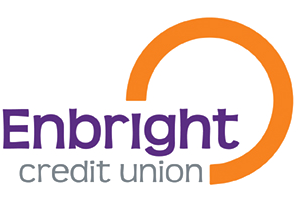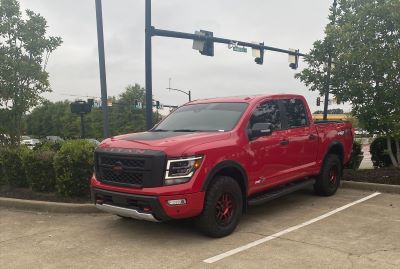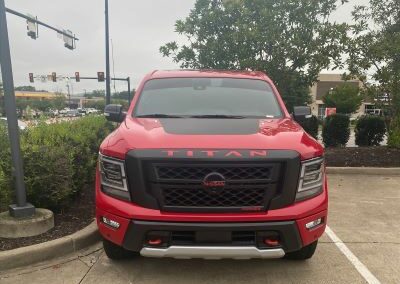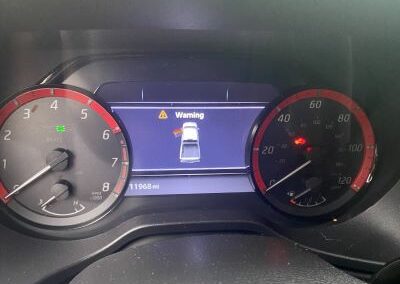We are aware that some ATMs in our area are currently declining transactions due to a vendor system outage. These ATMs are vendor operated and not exclusive to Enbright. The issue is impacting multiple ATMs throughout the South. We will provide updates as the situation is resolved.





